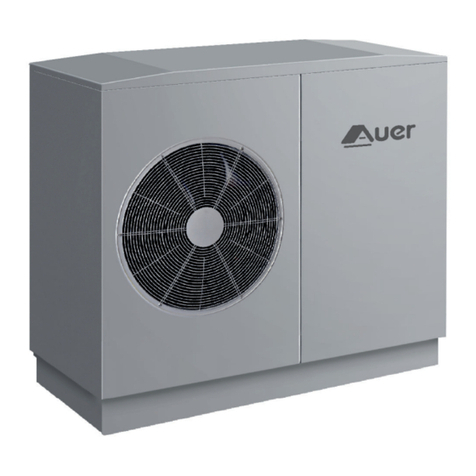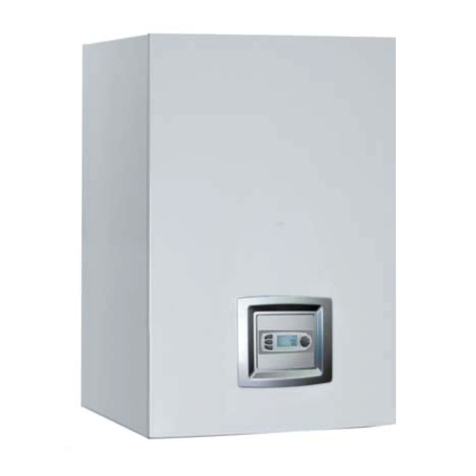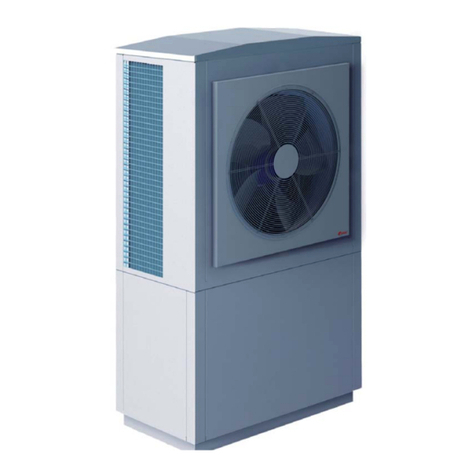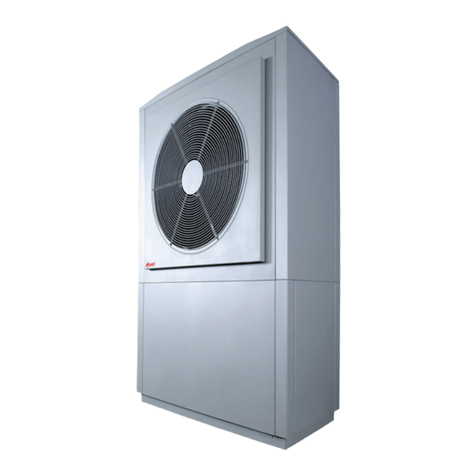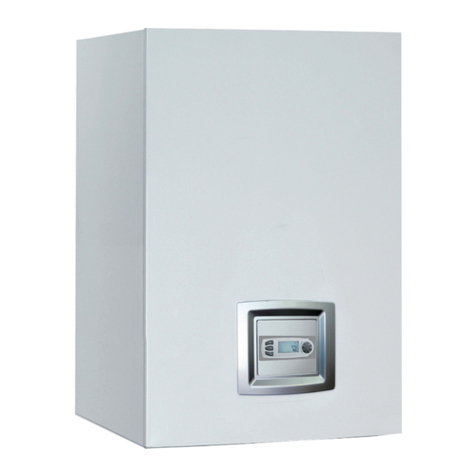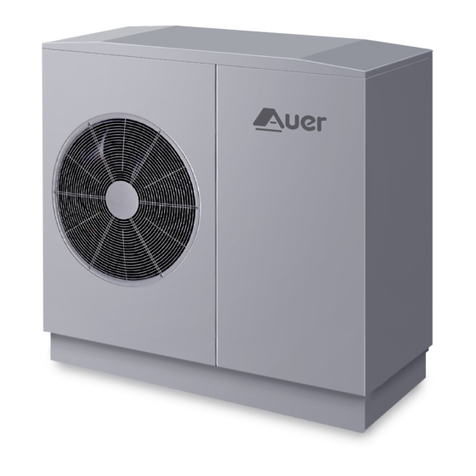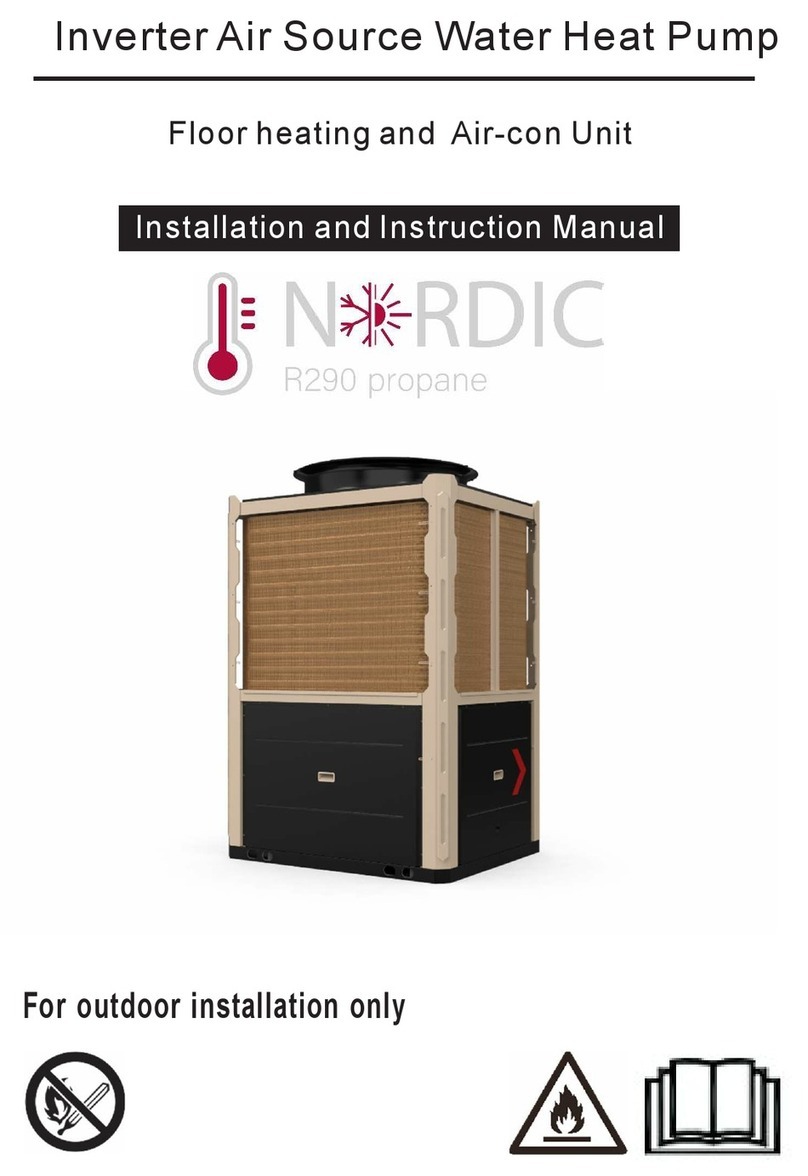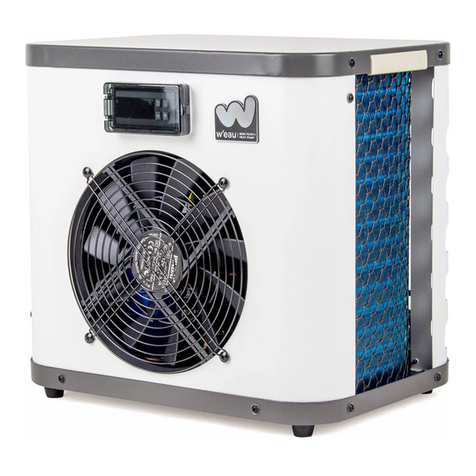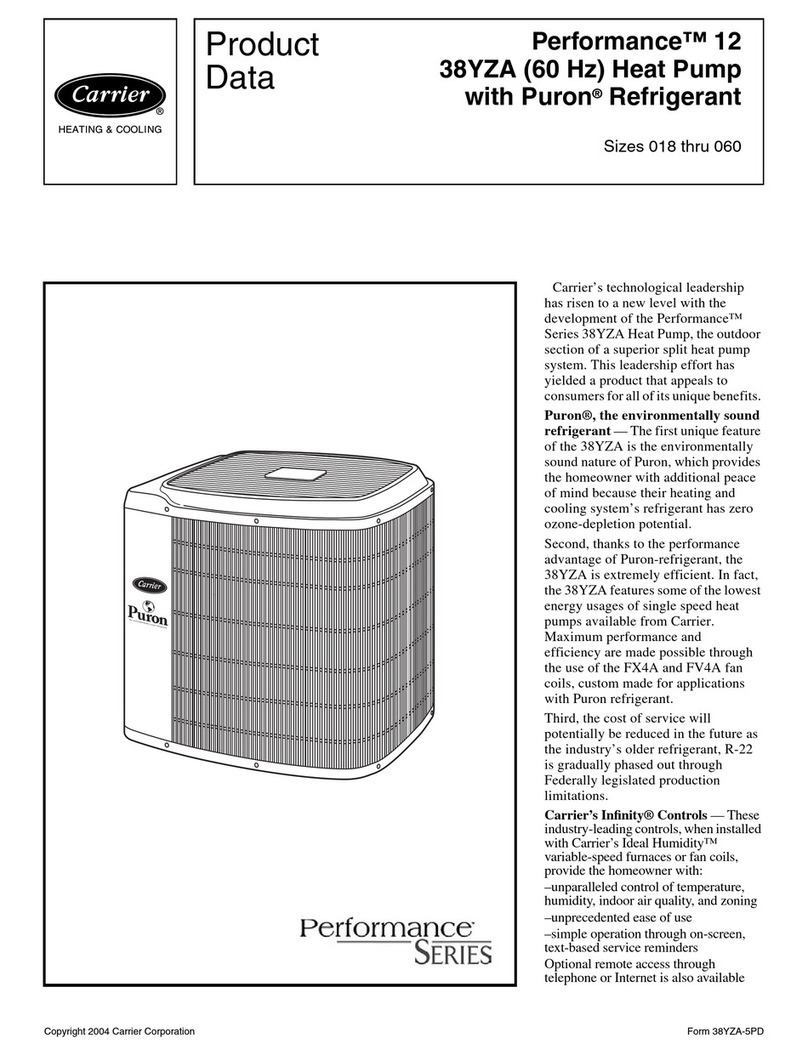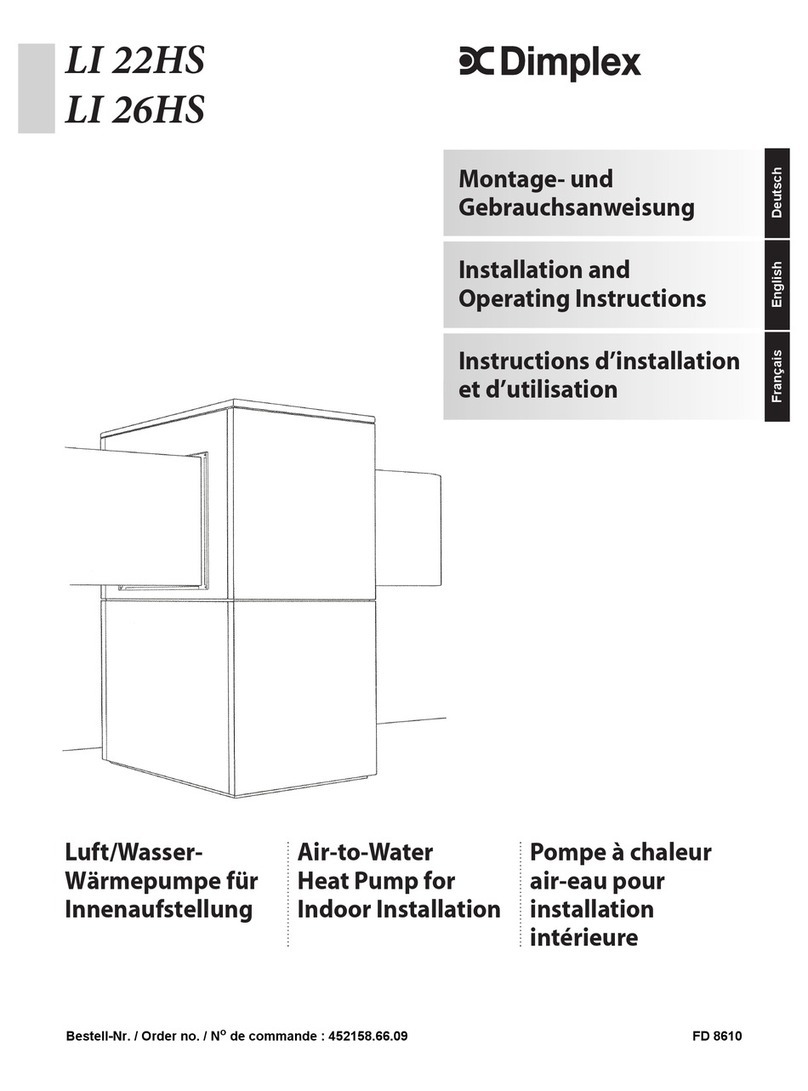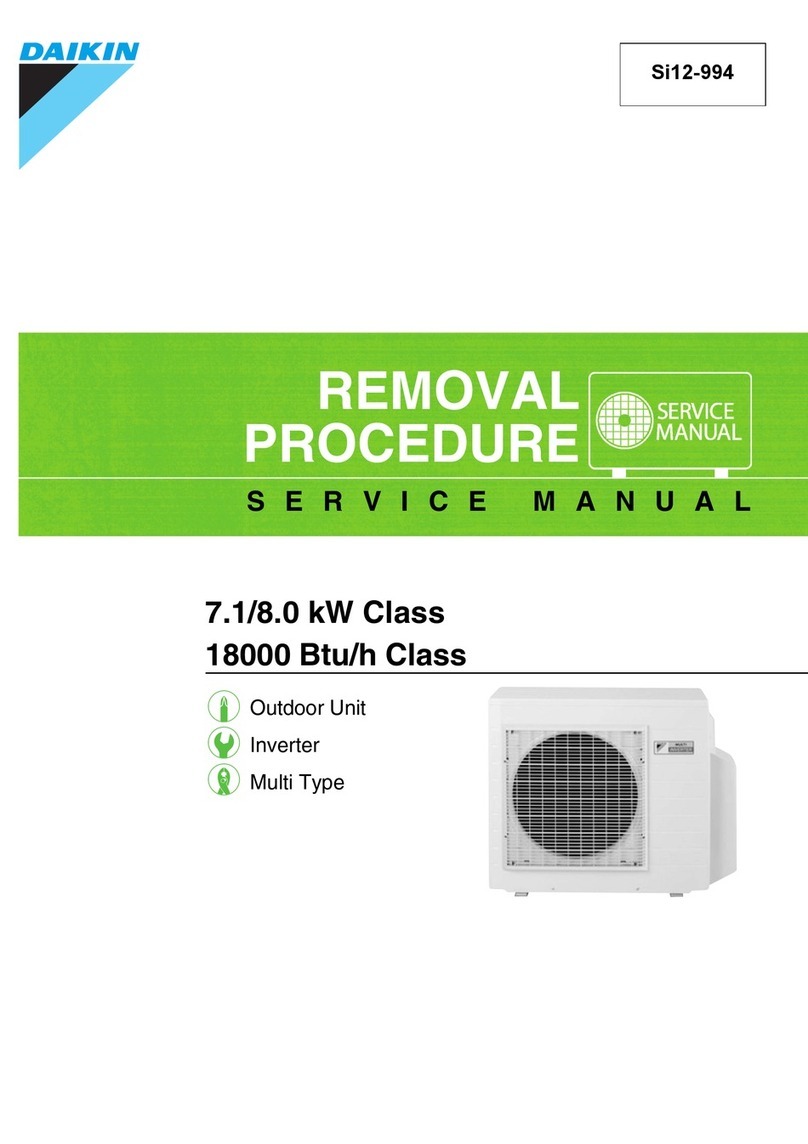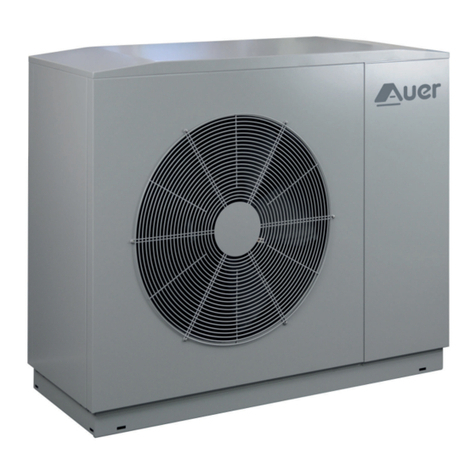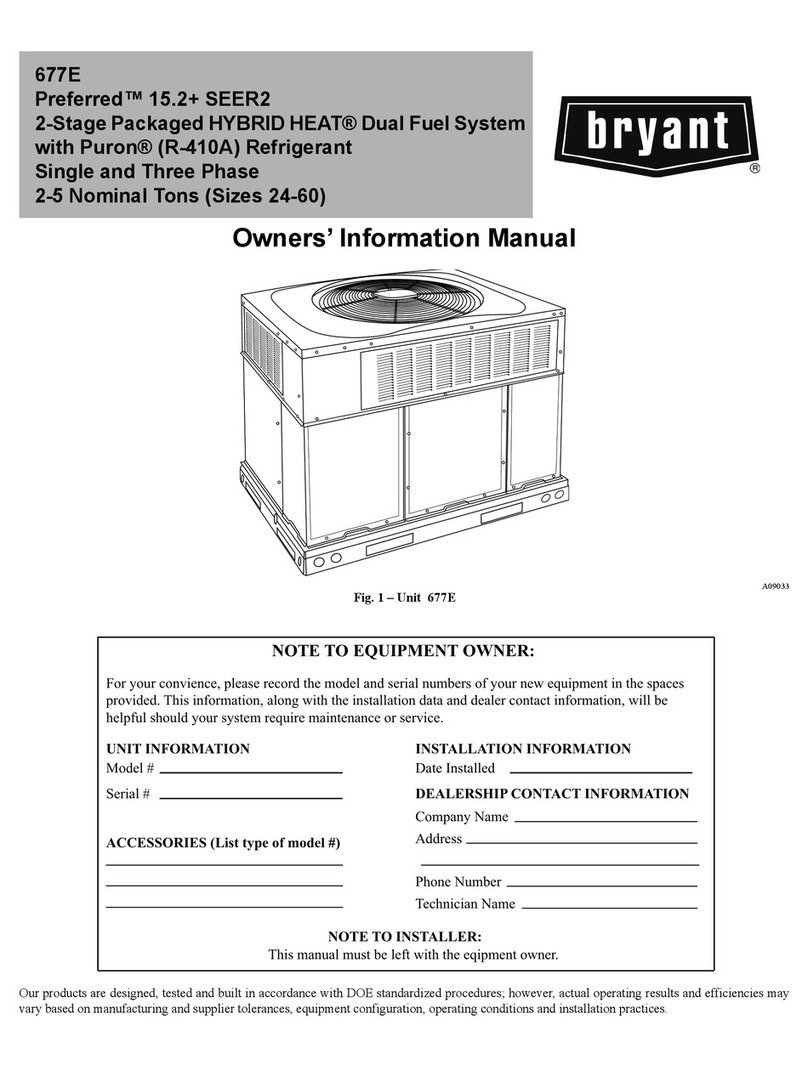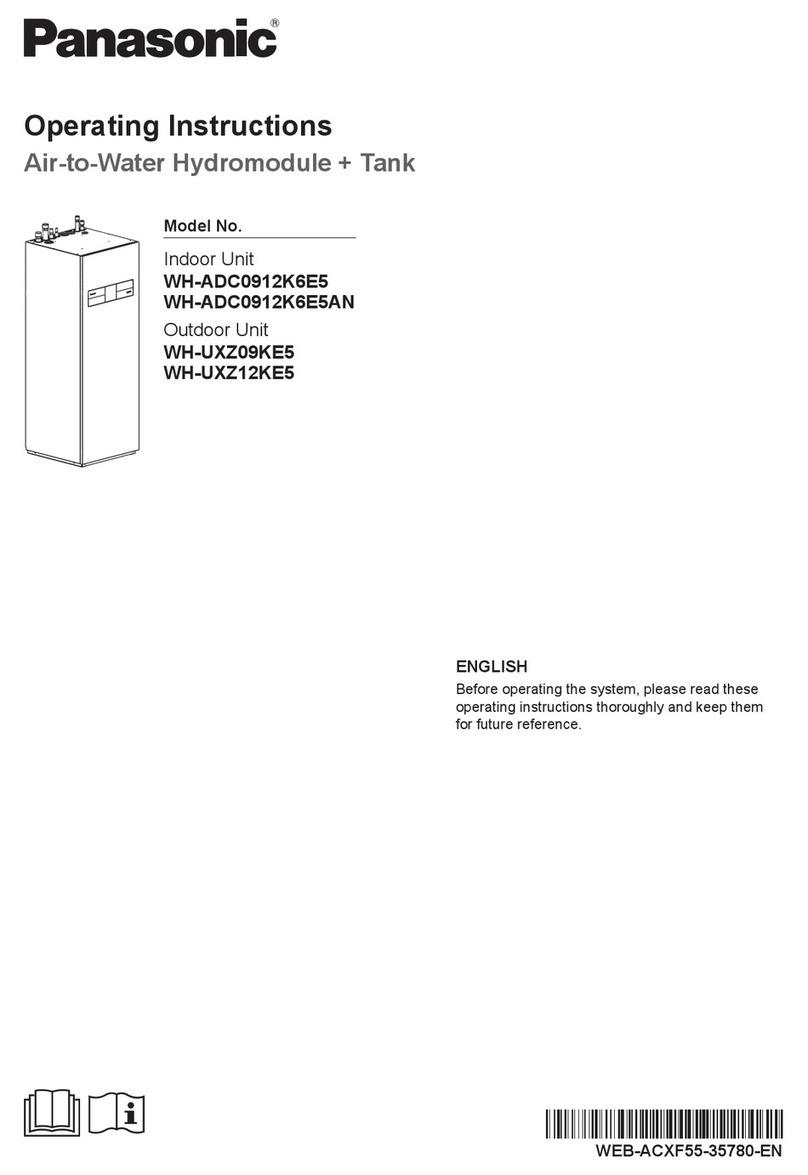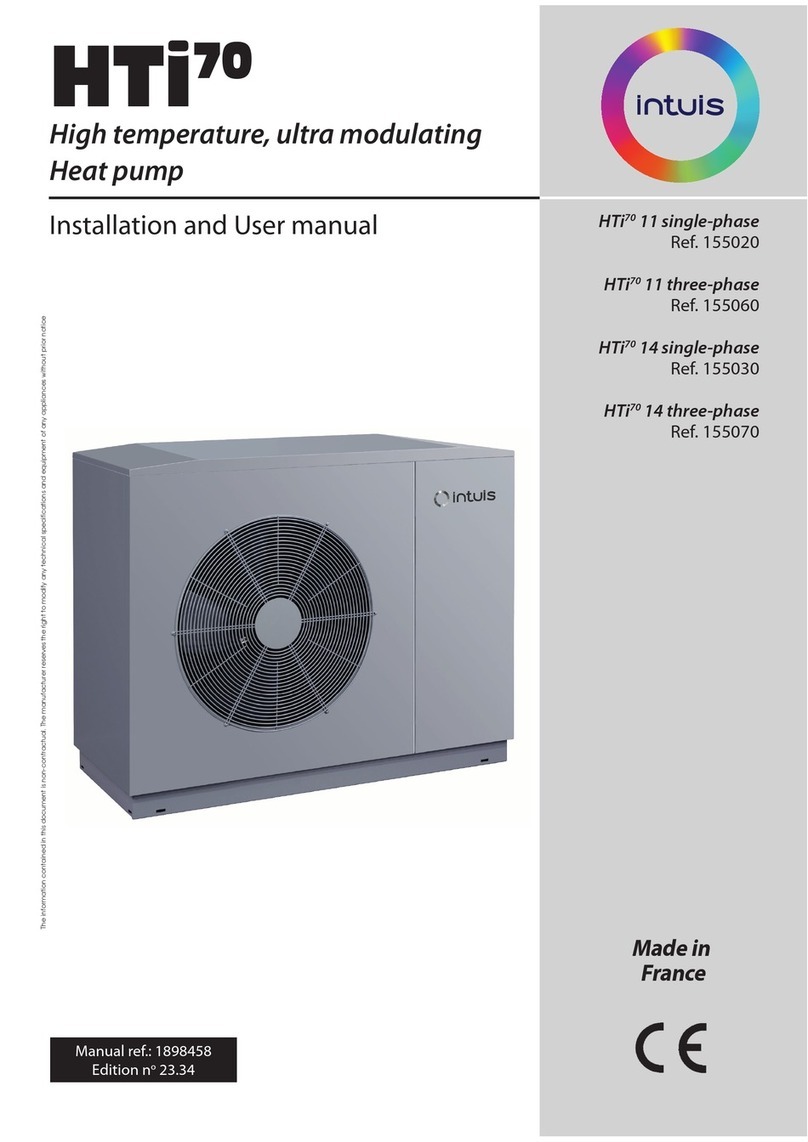
- INSTALLATION DS170 PILOT MANUAL-
4
1-SAFETY
Danger resulting from improper qualications
• Any work carried out by an unqualied person
can result in damage to the installation or in
physical injury.
• Do not perform maintenance on this appliance
unless you are a qualied professional.
• If the appliance is malfunctioning or not
working, cut the electricicty supply to the
electrical components and seek advice from a
qualied professional.
Danger resulting from improper use
This appliance should not be used by anyone
(including children under the age of 8 years
old)with reduced physical, sensory or mental
capabilities, or by anyone with insufficient
experience or knowledge of the appliance; unless
they are being supervised by someone who is
responsible for their safety and in possession of
the operating instructions of the appliance, or if
they have been instructed in the proper use and
in the risks of operating the appliance.
Children must not play with the appliance.
Cleaning and maintenance of the appliance
must not be undertaken by children without
supervision.
Applicable areas of use
The appliance is intended for use an appliance
for the production of domestic hot water: it must
be connected to a heating installation, and while
complying with the instructions, connected to
the drinking water network.
The intended use of the appliance includes the
following points:
•Following the instructions for operating,
installing and maintaining this appliance and
all of its components.
• Ensuring the compliance of the appliance to all
inspection and maintenance conditions which
are listed in this manual.
Danger of death by electrocution
• Touching live electrical wires can cause severe
bodily injury, and lead to death by electrocution.
All installation and maintenance work must be
carried out with the appliance switched o and
by a qualied professional. Before carrying out
any work on the appliance:
- Cut-o the electricity supply.
- Ensure that there is no possibility of the power
supply becoming active again.
- Wait at least 5 minutes for the capacitors to
lose their charge.
• Do not get water on any of the control or
electrical components. Always disconnect the
appliance from the electricity supply before
carrying out work on any of the electrical
components.
Danger of death if the pressure relief valves
are missing or defective
A defective pressure relief valve may prove
dangerous and could lead to burns or other
injuries by, for example, the pipes bursting.
The information presented in this document does
not contain all of the schematic diagrams needed
for a professional installation of the pressure relief
valves.
• Install the necessary pressure relief valves on
the circuit.
• Inform the user concerning the function and
the placement of the pressure relief valves.
• Respect all applicable national and international
regulations, standards and decrees.
Risk of corrosion
The appliance should be installed in an area
where it is not exposed to humidity and without
any risk of being splashed by water.
Risk of damage related to frost
The pilot MUST be installed in an area where it is
not subject to frost or freezing.
Risk of material damage
The pilot can only work when lled with water.
Never switch on the appliance if it is not
completely lled with water and purged of air.
Rules and regulations (decrees, standards,
laws)
Once the appliance is installed and switched
on, all decrees, directives, technical rules, safety
measures and standards, must be respected in
their current version in eect.
The electrical supply must conform to all
applicable regulations in the country of
installation, as well as the NFC 15-100 standard.
• A method of disconnection ensuring a complete
cut-o must be installed in the xed piping to
conform to installation regulations (do not use
a movable outlet).
• Protect the appliance with a 2-pole circuit
breaker with a minimum contact opening of
3mm and must be grounded.
• If the electrical supply cable is damaged, it must
be replaced by the manufacturer, their customer
service technicians,or bya qualied professional
to prevent any risk of injury or danger.
• The devices for electrical cut-o must remain
accessible.
• Water and/or R290 ammable gas can ow
through the discharge pipe of the pressure
limiting device (safety valve). This pipe must
be kept open outside the building. The end
of this pipe must be placed downwards
(see § Connecting the pressure relief valve).





















